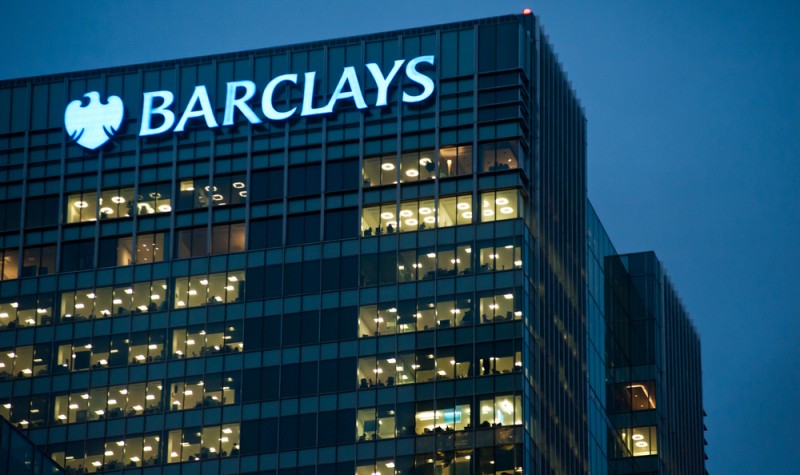Barclays (BARC) – Discounting the risks?

Barclays Bank (BARC) saw a 60% fall in underlying earnings in the year to 31st December 2013, which was modestly and partly recovered with a 13% increase in earnings last year to 31st December 2014. The company has recently produced its Q1 results to 31st March 2015. So what do they tell us about its prospects?
The first thing to observe is that we have more ‘exceptional’, ‘one off’ provisions which we are invited to disregard because they are exceptional and thus misleading as to the true commercial results beneath. The problem is of course that such provisions have long ceased to be exceptional or out of the ordinary. Banks have sustained proprietary, disorderly conduct, over a sufficient length of time to almost persuade us that the cost, fines and litigation it engenders is now the inescapable norm. We may be informed by boards of bank directors that their establishments are being cleaned up; but they still seem to be of sufficient size, frequency to be more of a rule than an exception. The challenge they pose, seems to require a species of board management that have the physical strength and stamina of a Hercules to clean the bank Augean stable, combined with the all-seeing eye of a quite literally down to earth God like Zeus.
That fact that these costly compliance and regulatory problems keep on coming, suggests that such managers are a myth and that the banks themselves are too big and complex to be managed and overseen by managers for whom mere brilliance is an insufficient qualification. Banks may have become rather like the old Soviet Union; organisations that cannot find the people with the talent to make them work as desired. That makes it a valuation problem for the market and a headache for the rest of us.
Long before the ‘Big Bang’, when big commercial banks were of a ‘plain vanilla’ type (deposit taking and lending – no funny exotic stuff), banks were rated on low PERs and high dividend yields. That was because they were highly geared, sharing a common inability to see into the future (a great need for highly geared companies with insufficient liquidity) and subject to a lemming like capacity of following each other into bubbles which would burst, as they went over a cliff edge.
The Q1 results for Barclays notably saw the reappearance of hefty provision charges for regulatory and compliance. There was nothing of such significance in Q1 2014. In consequence, the £1.8 billion of quarterly adjusted pre tax profit slumped by 22%. The biggest charge was in relation to misconduct by traders in fixing foreign exchange, but there was also significant provision for mis-selling of PPI. To help raise cash, the bank sold a non core Spanish bank at a £118 million book loss and was spared pension scheme funding problems as the actuaries decided that there was a pension fund gain of £429 million.
The good things in the Q1 results included the fact that attributable net assets per share were still 288p; Tier 1 common equity rose to 10.6% as a result of putting an extra £300 million of capital. Riskier assets employed were down £10 billion from the December figure; core income was up 2% and core cost down 2%. The consensus of market estimates is that EPS is forecast to rise 36% this year to an underlying 23.5p a share and 21% next year to a forecast 28.5p, putting the shares on forward PERs of 11.2 and 8.9. The consensus forward estimates of annual dividend yields are 3.1% and then 4.1%. Fundamentally, therefore the shares look cheaply rated; particularly since they stand at a discount to net attributable assets. The share price looks as though it will probably break overhead resistance at 270p and be carried forward in the longer term share price uptrend.
Undeniably, regulators want banks to accumulate more capital. Arguably, regulators and the governments, to whom they are answerable, may decide that it would be better to encourage banks to put more capital into balance sheets, rather than pay it out in levies and fines. The general election is over so that is now at least a political possibility for a year or two. Essentially, banks need to continue to do what they can to dissuade their greedier employees to stay on the right side of acceptable conduct.
The share price rating looks attractive on the foregoing basis and the technical possibilities enticing. I suggest you have a look at the chart yourself and watch for a breakout to above 270p.
Comments (0)